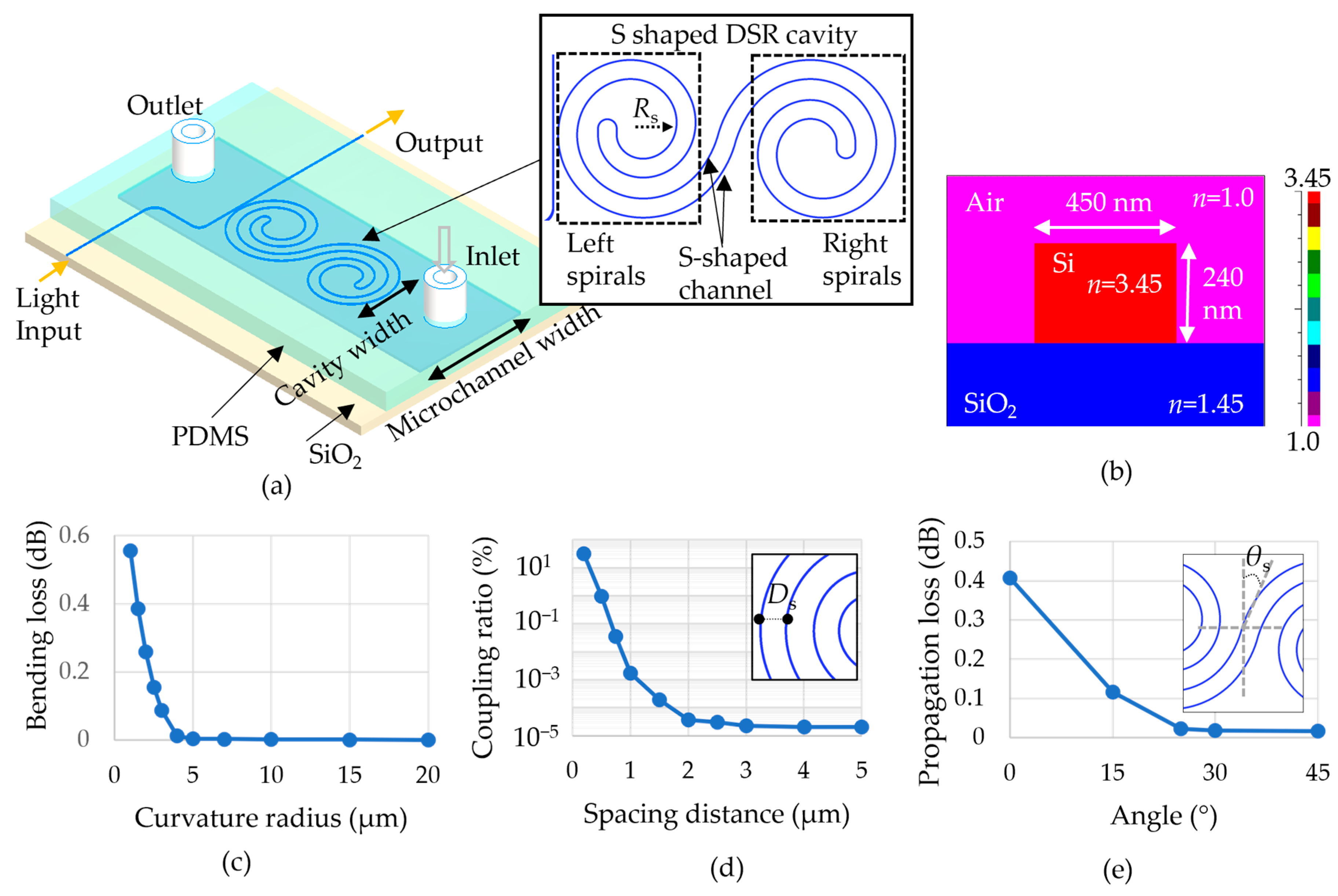Contents

Source: AMT – Recent – Copernicus.org
The Importance of Laser Resonator Alignment Sensitivity
Understanding Laser Misalignment
Misalignment of components in a laser resonator can lead to significant deterioration in performance. Effects of misalignment include reduced output power, degraded beam quality, increased laser noise, and changes in the output beam’s position or direction, impacting various applications. Misalignment can result from physical contact with optical elements, mechanical stress on the laser housing, or thermal effects caused by temperature variations or internal heating within the laser system.
Influence of Resonator Design
The design of a laser resonator plays a crucial role in its sensitivity to misalignment. Optimal alignment can be achieved through precise and stable mechanical components, including a rigid base plate decoupled from the laser housing. The choice of stability zone in the resonator design significantly affects alignment sensitivity, with certain zones offering better performance than others. Careful consideration of resonator design trade-offs is essential to enhance performance and stability.
Challenges in Q-switched Lasers
Resonators with large fundamental mode areas, common in Q-switched lasers for high-energy light pulses, are particularly sensitive to misalignment. Achieving high pulse energy and beam quality in such lasers requires careful design considerations to minimize alignment sensitivity. Solutions like unstable resonators or sacrificing beam quality for robustness are often employed in these scenarios.
Dynamic Aspects of Misalignment
Misalignment can also lead to dynamic effects, such as beam pointing fluctuations due to mechanical vibrations of resonator mirrors. Design optimization for low alignment sensitivity is essential to ensure good beam pointing stability, especially in applications requiring precise beam control.
Conclusion
In conclusion, understanding and addressing laser resonator alignment sensitivity is crucial for optimizing laser performance, stability, and efficiency. By focusing on resonator design, mechanical stability, and dynamic considerations, laser systems can be engineered to minimize the impact of misalignment, leading to improved overall performance.

Source: MDPI
Feel free to comment your thoughts.



